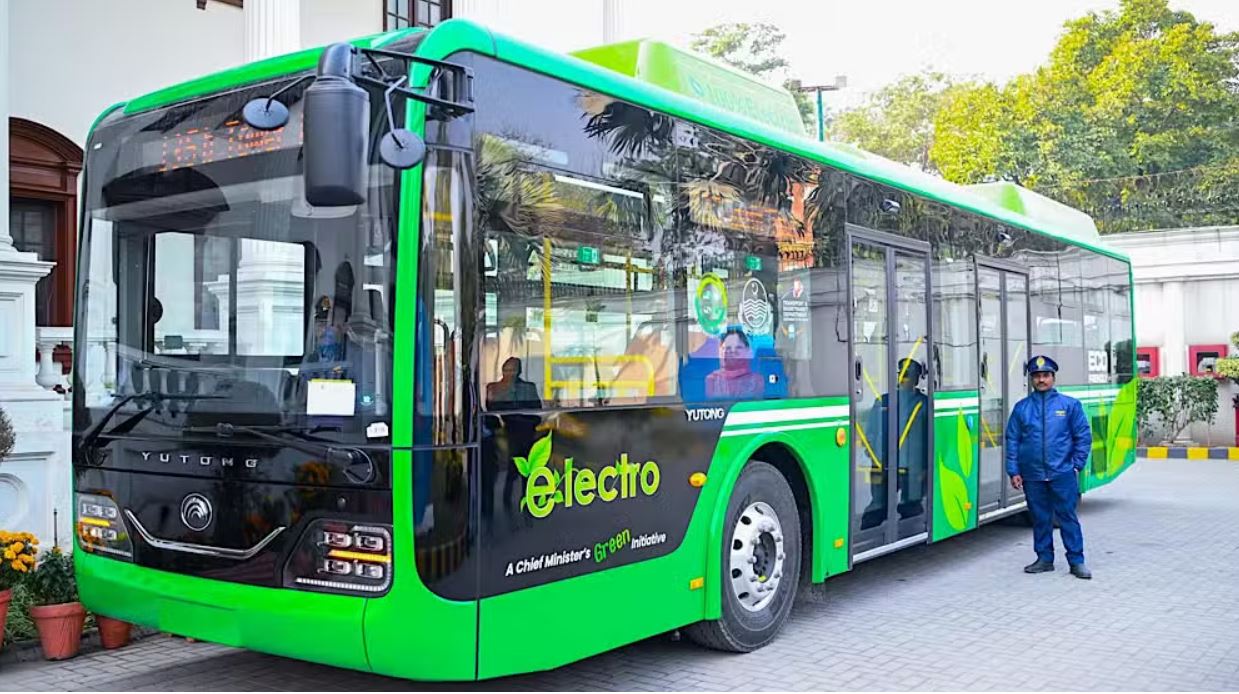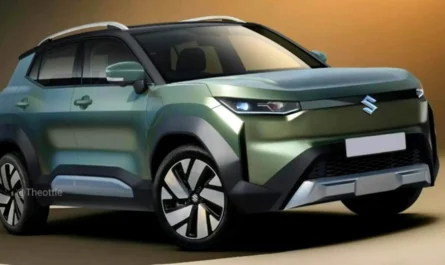In a significant move to modernize public transportation and combat environmental pollution, the Punjab government has announced the distribution of electric buses across 24 districts. This initiative is not just a technological leap but a part of a larger vision to reduce reliance on fossil fuels, cut down harmful emissions, and offer efficient, cost-effective transportation to millions of citizens.
A Vision for Cleaner Mobility
The decision to roll out electric buses reflects the Punjab government’s increasing commitment to environmental sustainability and smart infrastructure. With the alarming rise in urban pollution and the increasing pressure on fuel resources, electric mobility presents a viable and eco-friendly solution. These electric buses will operate in key urban centers, helping reduce the carbon footprint and making public transport both modern and environmentally responsible.
District-Wise Implementation
The project aims to cover 24 districts in Punjab, including major cities like Lahore, Faisalabad, Rawalpindi, Multan, and Gujranwala, along with mid-tier and smaller districts. Each district will receive a designated number of buses based on population density, commuter demand, and existing transportation infrastructure.
By focusing on a wide geographic spread, the government seeks to ensure that the benefits of electric transport reach not only large urban centers but also semi-urban and developing areas. This even distribution is likely to improve connectivity, ease road congestion, and promote inter-city travel without the burden of high fuel costs.
Benefits for Commuters and the Environment
Electric buses bring several advantages over traditional diesel-powered ones. Firstly, they produce zero tailpipe emissions, significantly improving air quality in congested urban areas. Secondly, they are quieter, reducing noise pollution, which is often overlooked in city planning.
Commuters will also benefit from a more comfortable and technologically advanced travel experience. Most of these electric buses are equipped with air conditioning, GPS systems, and low-floor access for elderly and differently-abled individuals, making public transport more inclusive and user-friendly.
From an economic standpoint, electric buses have lower operating and maintenance costs. The savings from reduced fuel consumption and less wear and tear on electric motors can be redirected toward improving transport infrastructure or expanding the fleet in the future.
Punjab to Distribute Electric Buses in 24 Districts
Government’s Strategic Approach
The Punjab Mass Transit Authority (PMTA) is overseeing the rollout. A phased implementation strategy is in place to ensure a smooth transition from diesel to electric systems. The first phase includes bus deployment, driver training, and the establishment of charging stations in all selected districts. Subsequent phases will involve public awareness campaigns, expansion to other districts, and possible integration with other transport networks.
Moreover, the government is actively seeking partnerships with international electric vehicle manufacturers and local assembly plants to ensure quality standards and job creation within the country.
Infrastructure Development
To support this ambitious project, the government is investing in a robust electric vehicle (EV) infrastructure. This includes fast-charging stations at major bus terminals, solar-powered support systems, and dedicated lanes in select cities. This infrastructure will be critical for ensuring timely and efficient operations, particularly in districts with high ridership.
Additionally, public transport hubs will undergo upgrades to accommodate the new buses, with improved passenger shelters, ticketing systems, and real-time information displays.
Public Reception and Future Expansion
The public response has been largely positive, with citizens expressing enthusiasm over cleaner, more efficient transport. Environmentalists, urban planners, and public health experts have lauded the initiative as a timely and necessary step.
If the rollout proves successful, the government plans to extend the electric bus fleet to all 36 districts of Punjab and potentially connect with inter-provincial transport routes. There are also talks of integrating these buses with Lahore Metro and other city-specific transit systems.
Conclusion
Punjab’s initiative to distribute electric buses across 24 districts is a commendable effort that combines technological innovation with environmental responsibility. It sets a strong precedent for other provinces to follow and marks a turning point in Pakistan’s approach to urban transportation.

